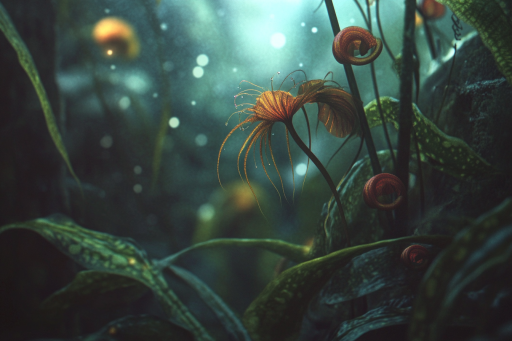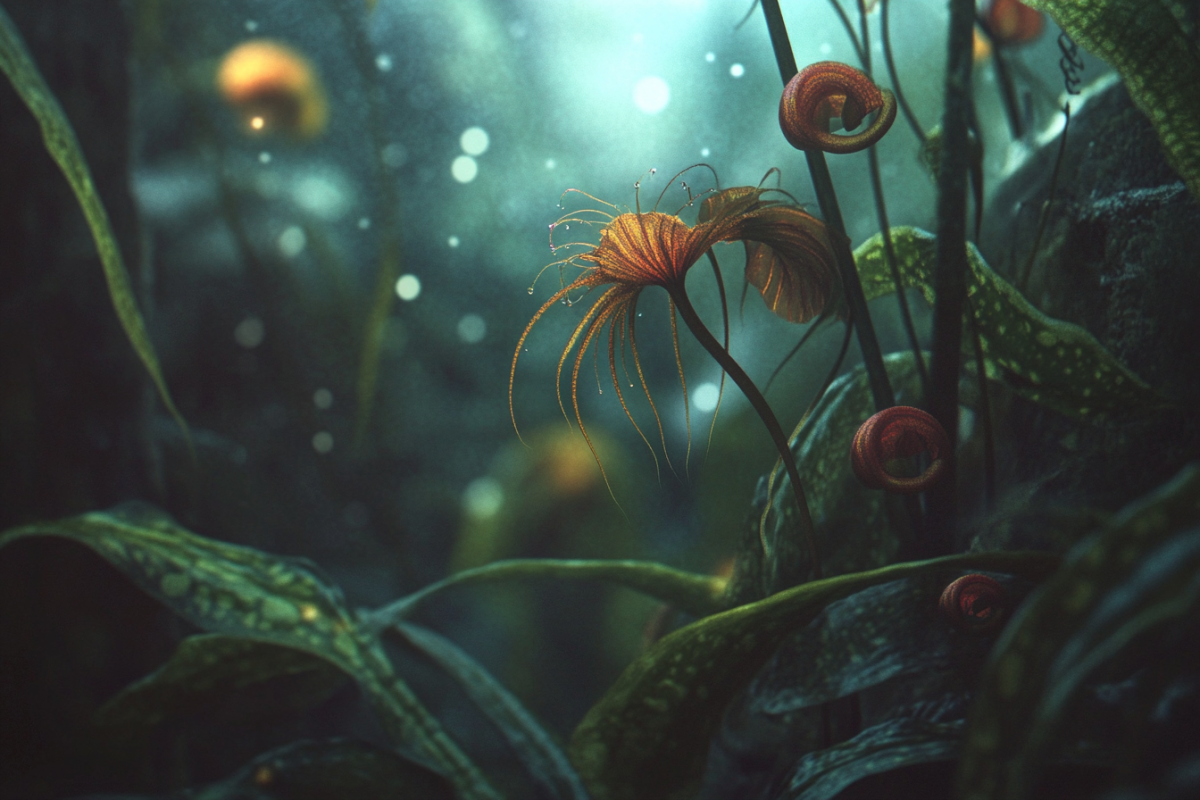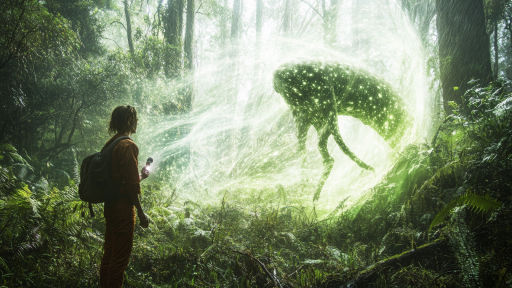
Plants may seem like passive life forms, but some behave in ways that blur the line between flora and fauna. From species that hunt prey to those that mimic movement, these botanical curiosities challenge what we think we know about the plant kingdom. Some plants even communicate, sense their environment, or display behaviors eerily similar to animals. The natural world is full of surprises, and these bizarre plants prove that survival isn’t just about staying rooted in one place.
The Venus Flytrap: The Hunting Plant

The Venus flytrap doesn’t just sit and wait for food—it hunts. Sensitive trigger hairs inside its jaw-like leaves detect movement, snapping shut on unsuspecting insects in a fraction of a second. Once trapped, the plant slowly digests its prey, absorbing the nutrients it needs to survive. It’s one of the few plants on Earth with an active response mechanism similar to an animal’s reflex.
The Dancing Plant: The Plant That Moves to Music

Mimosa pudica, also known as the dancing plant or sensitive plant, responds to touch and sound with surprising agility. When disturbed, its leaves fold inward instantly, protecting itself from harm. Some studies suggest it even reacts to rhythmic music, moving in sync as if it were listening. This remarkable plant behaves more like an alert creature than a stationary shrub.
The Corpse Flower: A Bloom That Smells Like Death

With its towering bloom and putrid stench, the corpse flower (Amorphophallus titanum) mimics the scent of rotting flesh to attract flies and beetles for pollination. The flower even generates heat, just like a decaying animal, enhancing the illusion. This rare and dramatic survival strategy has earned it a reputation as one of the most bizarre plants on Earth.
The Pitcher Plant: The Jungle’s Liquid Trap

Deep in tropical rainforests, pitcher plants lure insects, frogs, and even small mammals into their deadly traps. Their slippery, nectar-lined rims cause prey to fall into a pool of digestive enzymes, where they are slowly dissolved. Some species have even evolved to “cooperate” with bats and insects, exchanging shelter for nutrients in a strange, symbiotic relationship.
The Telegraph Plant: A Natural Signal System

Also known as Codariocalyx motorius, the telegraph plant moves its small leaves rapidly in response to light, temperature changes, and even sound waves. Unlike most plants, which move too slowly for the human eye to detect, this one visibly twitches and rotates its leaves like a living radar dish. It’s as if the plant is signaling to the world in its own mysterious way.
The Dodder Vine: A Parasitic Predator

The dodder vine doesn’t rely on photosynthesis—it hunts. This parasitic plant senses nearby hosts, reaches out like a creeping snake, and latches onto its victim, siphoning nutrients directly from the plant’s vascular system. It even selects its targets, preferring certain species over others, much like a predator choosing prey.
The Bladderwort: The Fastest Predator in the Plant Kingdom

Bladderworts may look delicate, but they are some of the fastest hunters in the plant world. These aquatic plants use tiny, vacuum-powered bladders to suck in unsuspecting prey within milliseconds. The moment an insect or small creature triggers its hair-like sensors, the trapdoor snaps shut, creating one of the quickest movements in nature.
The Corkscrew Plant: A Subterranean Death Trap

Growing in swampy regions, the corkscrew plant lures tiny prey into its underground, spiral-shaped chambers. Once inside, the victims are guided by inward-facing hairs, preventing escape. These hidden traps are so effective that they function much like the digestive systems of animals, breaking down prey for nutrients.
The Resurrection Plant: A True Survivor

Looking like a lifeless ball of dried twigs, the resurrection plant can survive for years without water. When rain finally arrives, it unfurls dramatically, transforming into a lush green plant within hours. This ability to seemingly “come back to life” makes it one of the most resilient organisms in the world.
The Suicide Palm: A Plant That Dies for Its Offspring

The rare suicide palm, Tahina spectabilis, grows for decades before producing a massive flowering structure. Once it blooms, it puts so much energy into reproduction that it dies shortly after, leaving only its seeds behind. This unusual reproductive strategy is more reminiscent of certain animal species than a typical plant’s life cycle.
The Strangler Fig: The Tree That Hunts Other Trees

The strangler fig starts life as a harmless seed, but once it finds a host tree, it wraps around it like a slow-moving python. Over time, it tightens its grip, suffocating the tree and eventually replacing it entirely. Its method of takeover is eerily similar to the way some animals ambush and overpower their prey.
The Zombie Fungus: A Mind-Controlling Nightmare

While technically a fungus, Ophiocordyceps unilateralis behaves so eerily that it deserves a place on this list. It infects insects, takes control of their nervous systems, and forces them to climb to an ideal location before bursting out of their bodies. The fungus then spreads spores to continue its cycle, like a real-life horror story playing out in the jungle.
The Sundew Plant: The Sticky Tentacle Hunter

The sundew plant may look delicate, but it is a ruthless predator. Covered in glistening, sticky tentacles, it lures insects with sweet nectar before trapping them in its gooey embrace. Once the prey is caught, the tentacles slowly curl inward, bringing the victim closer to the plant’s digestive surface. It’s a slow but inescapable death, proving that plants can be just as cunning as animals when it comes to survival.
Are Plants Really as Different from Animals as We Think?

The more we study plants, the more we realize they aren’t as passive as they seem. Some stalk prey, others communicate, and a few even sacrifice themselves for the next generation. These strange behaviors challenge the boundaries of what defines a plant or an animal. Perhaps the plant kingdom has more in common with the animal world than we ever imagined.





